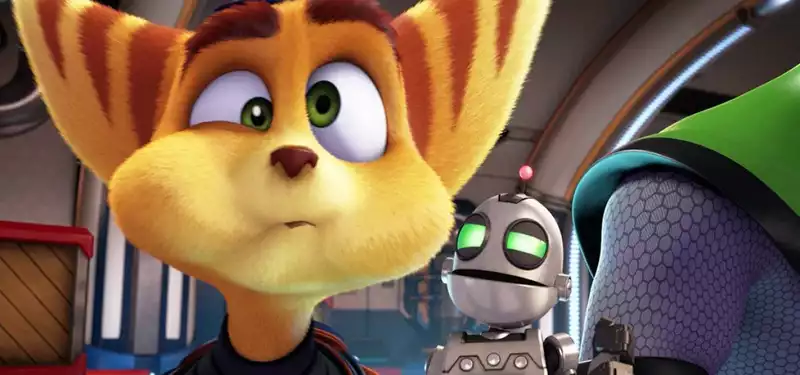May 2, 2018
It's been two years since the last major US animation release that was officially directed by women
Last Saturday, April 28, marked two years since the last major release of an animated feature in the United States either directed or co-directed by a woman. That film was Ratchet & Clank, released on April 29, 2016, co-directed by Jericca Cleland and Kevin Munroe.
Since that date, the 31 animated features that have been released stateside in 1,000-plus theaters have been all directed by men. There is no change in sight either: there are no major releases of films by women currently planned through next April 28, which will be three years since the release of Ratchet & Clank. (Later in 2019, there are two films co-directed by women that are on the release schedule: Everest from China's Pearl Studio and Disney's Frozen 2.)
With all the recent attention on diversity and representation in Hollywood, the conversation seems to have largely bypassed the feature animation industry. Cartoon Brew has been keeping track of who's been directing features throughout the 2010s, and it's a dire picture in terms of diversity: there has been exactly one animated feature to be solely directed by a woman (Kung Fu Panda 2) and just four more films that have had a woman director paired with a man.
The creative imbalance doesn't just happen at the directorial level. Every major studio animation franchise is also male-created, and while there is slightly more diversity in the writing ranks, well over 95% of screenplay writers of animated features are male as well.
Further, it's not just women who are excluded from the upper creative tiers - men aren't treated equally either. Directors who identify as people of color are scarce among the 31 features released since last Ratchet & Clank. Cartoon Brew knows of only three directors who identify as people of color among this list, and while there may be a few more mixed in among them, the directors of major animated features are disproportionately white. White men, in fact, easily outnumber all other groups combined: African-American, Latino, Asian, South Asian, Native American, and Middle Eastern.
The all-male, all-white directing formula works for now. No one can deny that animated films make a lot of money. But audiences seem to be increasingly hungry for new visions and new perspectives, as shown by the recent success of films by women and people of color, among them Get Out, Wonder Woman, The Shape of Water, and Black Panther, the latter of which has become the third-highest grossing in U.S. film history.
For now, the most important thing might be to simply point out that the imbalance exists because even the mention of this disparity in feature animation has long been a taboo topic. As actress Cate Blanchett, speaking about the live-action film world, said recently in an interview, “The window needs to be open for people to realize how stale the air is, and women have said, 'The window is open now - see how sweet the air smells.' I feel like the dam has broken.”
We know that solutions exist, diversity and inclusion are possible, and more interesting animated features are on the horizon; the only thing that we don't know yet is whether the people currently in charge of feature animation studios possess the fearlessness, the vision, or the inclination to get us there.




Post your comment